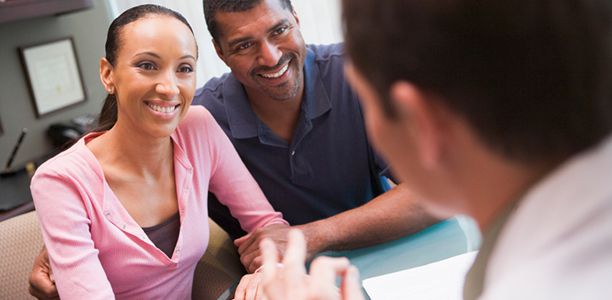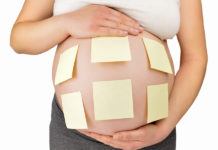Women who have been struggling to start a family for years are finally getting pregnant thanks to a world first in vitro fertilisation (IVF) treatment, developed by researchers at the University of Adelaide.
BlastGen is the next phase of the highly successful EmbryoGen trial, which is a novel treatment option for couples undergoing IVF. Both EmbryoGen and BlastGen contain a signalling molecule called GM-CSF, which is found naturally in a mother’s uterus. GM-CSF protects the embryo from stress, making it stronger and more robust in the days following conception.
In the new BlastGen trial, the embryos are cultured for an additional two days (to the blastocyst stage), so that the best embryo can be selected on day five and implanted (compared with three days using EmbryoGen).
Only two places in the world (Adelaide and Japan) are using BlastGen and Associate Professor Louise Hull, researcher at the University of Adelaide’s Robinson Research Institute and Fertility Specialist CREI at Fertility SA, is leading the first Australian BlastGen clinical trial.
“By using the BlastGen treatment for IVF, the embryo is being cultured in an environment that closely mimics what occurs naturally in a mother during conception,” Associate Professor Hull Says. “As a result the embryos grow in a more natural environment than they do in traditional IVF treatments.
“So far 20 couples have participated in the BlastGen trial – all of whom have had a lot of IVF treatments, poor embryo development or have suffered miscarriages – and the pregnancy success rate is 43%,” she says.
Professor Sarah Robertson, Director of the University of Adelaide’s Robinson Research Institute, says EmbryoGen and now BlastGen are an example of one the University’s great commercialisation success stories.
“I commenced this research during my PhD 25 years ago, and it’s very exciting to see so many Australian women conceiving and having healthy babies because of this technology,” Professor Robertson says.
“We partnered with a Danish company, Origio A/S, in 2006 to develop EmbryoGen and now hundreds of IVF clinics in more than 40 countries are using this technology,” she says. “I expect BlastGen will be just as successful.
“This is a great example of how good medical research can translate into a treatment that makes a real difference in people’s lives,” she says. “Plus, it brings a commercial return to our state.”
Michael Barry, Fertility SA Scientific Director, says they are fortunate to be involved in the first human BlastGen trial.
“In the lab we are continuously striving for improvements and BlastGen is giving us the opportunity to make a difference to the way we grow embryos and to help couples who have had a lot of difficulty conceiving,” say Mr Barry.
Couples undergoing IVF, where the female partner is 25-41, who have had at least two embryo transfers without implantation, poor embryo development or at least one miscarriage, are able to participate in the BlastGen trial.
For more information, contact Fertility SA on 8100 2900.
(Source: The University of Adelaide)




 (3 votes, average: 3.67 out of 5)
(3 votes, average: 3.67 out of 5) 






